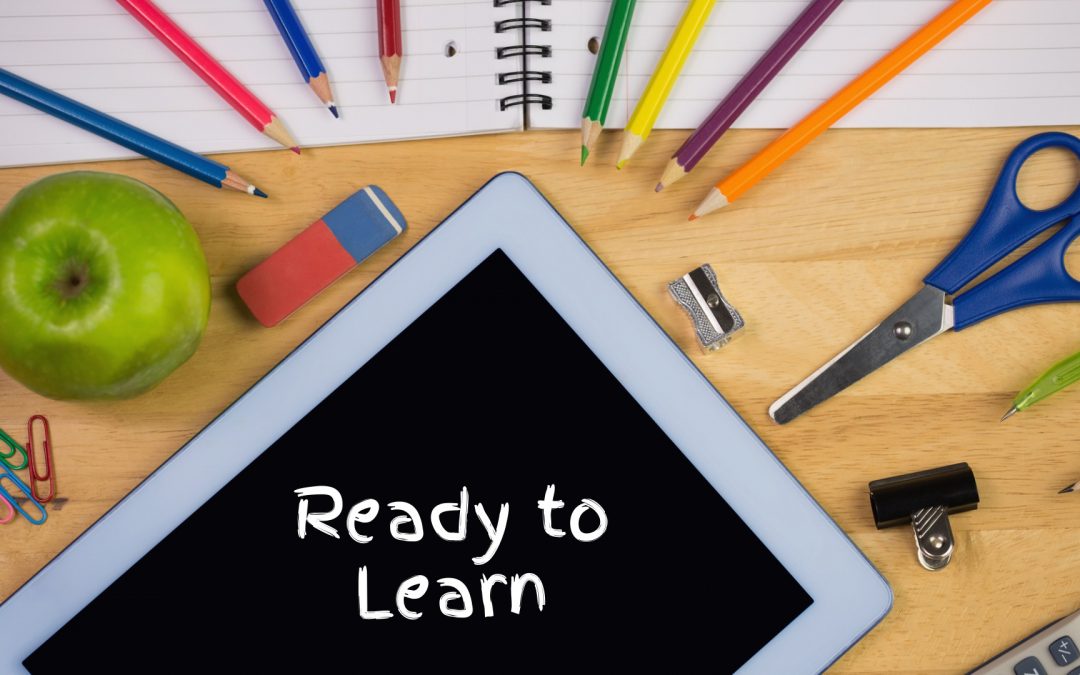One of the foundations of learning is repetition. When children are babies, we begin teaching them by repeating the words we want them to learn. “Mommy” and “Daddy” are spoken often until the baby understands and realizes what we mean. We build on that foundation by speaking words over and over until the baby or younger child masters them. The same idea about repetition can be said for classroom instruction. Many teachers used to and still do drill students verbally on multiplication tables, English axioms (how many of you still mouth “I before E” when spelling words that include both?) and other rote processes that can be memorized. These creative ways of solidifying information have been incorporated into many a curriculum.
Drills for homeschoolers are tools every homeschool parent should consider. They are a great resource for solidifying lesson information. Parts or all of many subjects can be broken down into sections until the process is learned. Arithmetic basics are one of the easiest and most beneficial to turn into homeschool drills.
Mathematics is so formidable to some people that teachers actually have a name for it: math anxiety. Many of the issues stem from children and adults being told that “math is hard.” For a homeschooling parent, drilling basic math facts is one way to combat this erroneous perception and to help the homeschool student feel comfortable with whatever math program you’ve chosen to teach. Drilling in other components of a well-rounded education are also available to the homeschooler. At any grade level, the alphabet and how each letter sounds, basic language arts concepts, grammar, spelling, and even certain concepts of history can be turned into drills that complement your formal lesson plan.
Benefits of Memorization
There is a name for learning new concepts called Neuroplasticity. Healthline Magazine Online has written information on how to use specific exercises to re-wire your brain to meet new challenges. The article is available here: https://www.healthline.com/health/rewiring-your-brain . While the article focuses on playing video games, learning new languages, travel, exercise, and art, they break it down even more by showing how rote exercise and repetition can create new pathways in the brain as it learns new concepts.
Another example is fluency achieved by rote memorization and drills. Training your brain to “not think” about basic concepts allows you to alter brain patterns for future learning . This is why children are often able to learn faster than adults. As adults, we don’t use repetition every day. Each school year, children use repetition every day. Their brains are wired to learn because of the drills they do on a daily basis. In other words, adults don’t lose the ability, they just become slower because they don’t use it every day as a child does.
As adults, to re-teach the brain to learn faster, we must change back to how we learn. How many of you have picked up a new hobby and been frustrated by how long it took you to accomplish what you wanted to do? And when you did finally master it, it seemed so simple? It is because you re-wired your brain to learn the hobby. Your brain dusted off those old skills of repetition, and things started to make sense as you did the skill over and over until you mastered it.
Nautilus Magazine covered one woman’s transformation into a “math nerd” by using memorization and repetition. You can read the article here: http://nautil.us/issue/40/learning/how-i-rewired-my-brain-to-become-fluent-in-math-rp . The author has also written a book about how to rewire your brain to learn new skills. The book is called: A Mind for Numbers: How to Excel at Math and Science (Even If You Flunked Algebra).
With the advent of the internet, information has become a hands-on commodity. If you don’t know something, you can simply look it up. A question in the toolbar of the search engine will garner results that may not be exactly what you’re looking for, but will drill down through sometimes seemingly endless pages until you find an answer. However, having that information so readily available has led to another issue. Instead of learning what they need we know, we just rely on searching for information to answer the question. There is no need to know things when we can just look it up. Do you want to know how to bake a cake, put on makeup, knit, fix a washing machine, safely cut down a tree, and countless other tasks? Look it up. And while seeing and doing all these things has helped in many situations, if it becomes necessary in the future, we have to look it up again. But already knowing how to do something skips that step — a step that can be tedious when one is drilling down through the internet for the right answer.
Knowledge is power
Knowing how to figure out the circumference of a circle using pi (π) made a huge difference in cutting arched shutters from plywood when a Category 4 hurricane threatened our new home. I didn’t know the equation’s use…the professor who lived next door did. The light bulb moment that exploded in my brain when I realized what it meant was a sight to behold. He was stunned at my ignorance. I was enlightened. While I had learned the equation, I had never needed to use it before in a real-world situation. Since I’d never used it, I had forgotten all about it…or so I thought. When the professor taught me its use, I understood not only the value of pi (π) but also that I had known the formula all along…because of the math games and drills I learned in middle school.
Creativity and imagination are what make humans great. We learned to make tools to aid our needs, figured out new ways to do things, and use art and writing in new ways all the time. Inventions come about when someone wants to do something different. How many of us have not read the instructions, but managed to put something together anyway? Our brains are already wired in a logical manner to do certain tasks, to see that “tab A” can only fit in “slot B” if there is only one tab and one slot.
But what if there are multiple tabs and multiple slots? This is where creativity and imagination come into play. If we have the foundation of learned examples already in our brains, we can use the tools to do something entirely new – such as when I saw pi (π), a formula I’d learned in 9th grade algebra, in action when cutting the half circles needed for the shutters. The formula was there in my brain, I simply needed to call it into action.
Rote memorization, repetition, and drills may seem at first to squash the argument that spontaneity and creativity spark imagination and great inventions. However, if your brain has a process embedded, it would seem that since you know the multiplication tables as well as you know your own name, the mind has no trouble going off into flights of fancy in other areas of imagination.
Rewiring the brain to accept new concepts is easy when the foundation is laid. Once your child calls you “Mommy” they never really think about it again – you are “Mommy” and when they need you, they call for you. The foundation is firm in their brain, and they do not think about your existence or what you are doing when they interrupt you. It is simply a given that Mommy will answer. By the same token, when the child learns basic processes through drills, they never have to “think” about those processes again. The foundation is laid, the process is there, and they can use that process whenever they call upon it to solve the problems before them.
There is a growing movement to limit screen time while teaching your child. While all the information they could ever want is out there, learning it instead of looking it up is becoming more important. The USA is behind other countries in Science, Technology, Engineering, and Math (STEM) development and educators are looking for ways to make up for that deficit. Schools are looking at older means of teaching, the ones that caused the Industrial Age to rise so quickly with new inventions and patents. Colleges and universities are offering incentives to go into the field, but so few children are academically up to par that they cannot even pass the entrance exams. While college isn’t for everyone, there are a few fields where it is necessary to learn certain processes to build and invent.
An old-school technique is rising again: rote memorization and repetition. Yep, DRILLS. Teaching the student known, unchanging processes, so that the foundation is embedded, and their minds can soar in other directions. The bedrock of imagination is to know certain constants, and then to go beyond them to something else.
Consider doing rote memorization, repetition, and drills in your homeschooling environment. The research is solid, the discipline is sound, and the child can go forward with the skills needed to function in their own personal lives as they pursue hobbies and dreams, and in society should the need arise in work, play, and leisure time.




